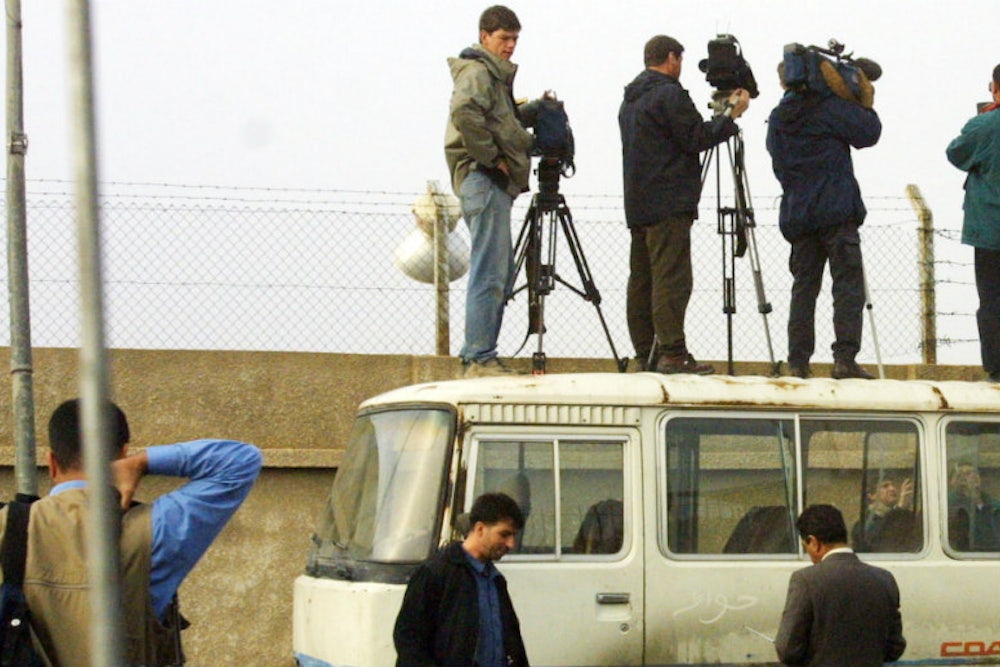When we think of the risks involved in being a journalist, an image of the foreign correspondent comes to mind. This has only been underlined recently, with the tragic deaths of James Foley and Steven Sotloff.
But a new report by the United Nations Educational, Scientific, and Cultural Organization (UNESCO) reveals that only 6 percent of the 593 reporters killed from 2006 to 2013 were foreign correspondents. For journalists’ whose livelihood is extremely risky, often that risk is located close to home. The report will be presented at the 29th session of the IPDC (International Programme for the Development of Communication’s) Council later this month at the UNESCO Headquarters in Paris.
The most dangerous nations for journalists reporting at home from 2006-2013 were Iraq with 107 deaths; the Philippines, 63; Syria, 49; Somalia, 45; Pakistan, 43; Mexico, 43; Honduras, 23; Brazil, 19; the Russian Federation, 18; India, 17; Afghanistan, 16; and Colombia, 12. In this time period, the number of journalists killed in their home countries increased in Latin America, the Caribbean, and Arab states; in Africa the total remained stagnant, and in the U.S. and Europe the numbers declined. Despite the fact that the overall number of killings decreased in 2013 with 91 deaths, down from 123 from the 2012 toll, the 2013 number is still the second-highest since the report was first presented.
Out of the 62 countries where killings of journalists took place, 35 provided information on judicial processes associated with the murders, and only 38 out of the 593 cases were considered resolved. A report issued by the Committee to Protect Journalists suggests that an increase in conviction rate may improve the situation for journalists; a lack of political will to prosecute is a prevalent factor behind the alarming numbers.
